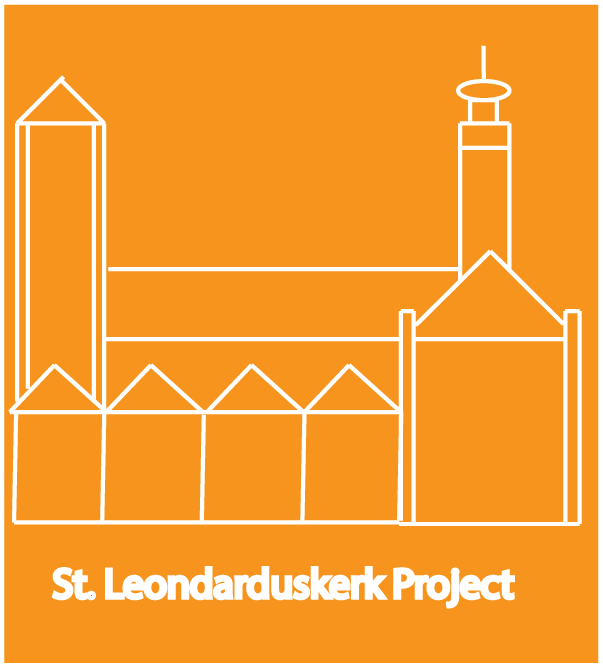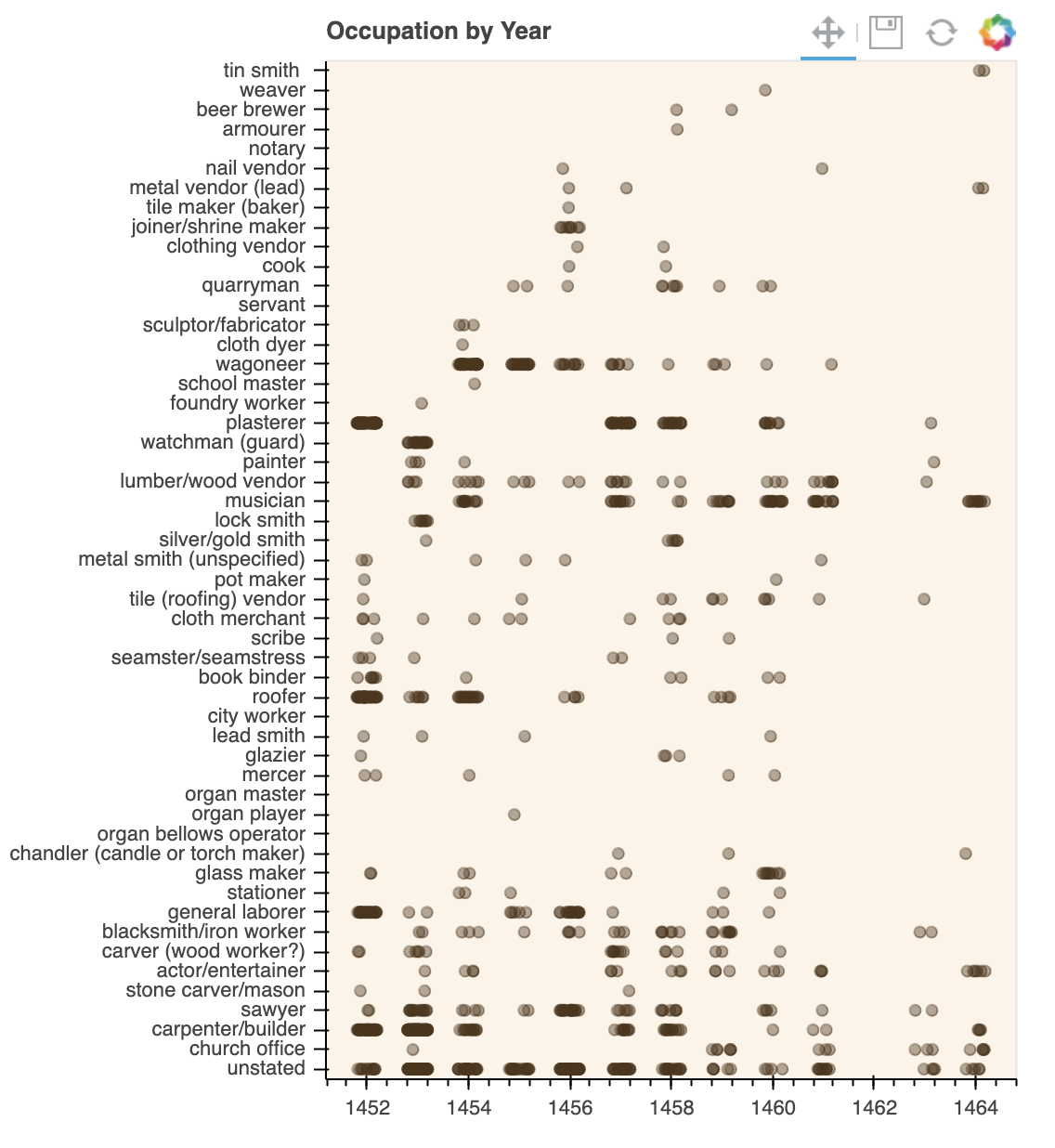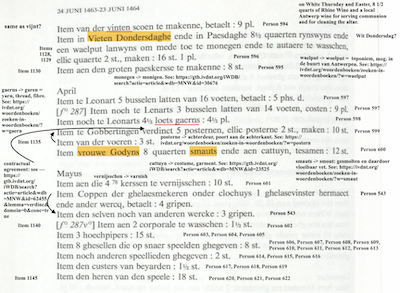Leonarduskerk Project (LKP)
Building community is to the collective as spiritual practice is to the individual.

FILE NOT FOUND

It Takes a Village
Building and maintaining a church requires the participation of the entire community.

Planning and Coordinating
The various projects carried out on the church required planning and coordination.

Lab Notes and Process
Studies like the Leonarduskerk Project require work and organization to come to fruition.